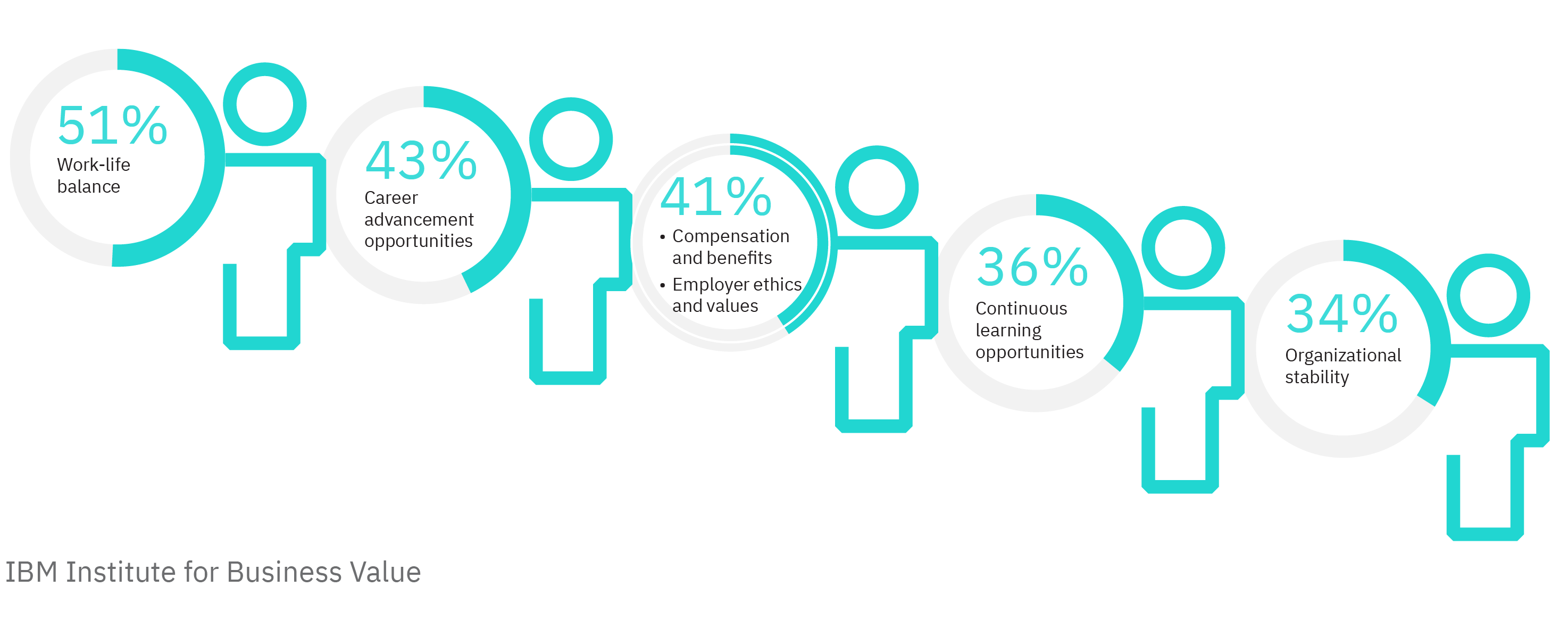Amplify Employee Voice: How to Foster Open Communication

Earlier this year, a research report found that employees who could express their opinions to bring positive change in the workplace can detach from work and sleep better. On the other hand, those who offer feedback that might appear negative are more likely to have insomnia.
It shows the strong correlation between employee voice and how it impacts an employee’s day-to-day life, at work and at home. But what is employee voice in the first place?
We'll explain the concept in this guide, why it's important, types of employee voice, and tips on gathering and increasing it.
What is Employee Voice?
Employee voice refers to how employees express their opinions, concerns, and ideas within the workplace. It includes communication channels, such as performance reviews, suggestion boxes, town hall meetings, or regular team meetings.
It works on the idea that when employees have a voice, the organization is a better place for it. Employees act as a valuable source of information, insights, and feedback, which helps organizations tap into the pulse of their workforce to improve their business.
The concept dates back to the 19th century when philosopher Adam Smith used the term "laborer's voice" in his book "Wealth of Nations" to discuss the act of an employee speaking up in the workplace.
He suggests there's a difference between speaking up and being heard, indicating how employee voice only matters when organizations take it upon themselves to act on it. Since then, this has become a widespread notion as more companies realize its benefits.
Why is Employee Voice Important?
The expectations of the traditional employee are entirely different in today's date. Nobody wants to work only for a paycheck. They want more benefits and support from their company that show they're truly valued and cared for.
In IBM’s report, employees indicated several needs, from work-life balance to organizational stability. You can't know what they want without encouraging them to speak up at work.

There are various reasons why it’s important to encourage employee voice in the workplace:
- Increased employee engagement: As employees feel that their voice is heard and their opinions valued, they are more likely to be engaged and committed to their work. This can lead to higher levels of productivity, creativity, and innovation.
- Understand the employee’s point of view: It's easier to bridge the gap between what leadership thinks they're doing and the actual impact of their initiatives. By encouraging employees to provide feedback, you'll know what's perceived positively and what's not.
- Improved organizational performance: Organizations can identify areas for improvement and make necessary changes to their policies, procedures, and practices. This can lead to better performance, increased efficiency, and higher levels of customer satisfaction.
- Better customer satisfaction: By talking to your employees, you'll gain insights into customer needs. This is key, as the bridge between senior leaders and customers is huge, making it hard to tap into what your customer base wants. So, gather this feedback and act on it to improve customer experience.
Types of Employee Voice
There are several types of employee voice depending on what the employee is expressing, how they do it, and the tone they’re using to do it. Some of them include:
Promotive voice
Promotive voice involves offering ideas and suggestions for improving work processes or organizational policies. It has a positive impact on the workplace.
Example: An employee suggesting a new technology or system that could streamline work processes and save time.
Prohibitive voice
This type of employee voice involves speaking out against practices or policies seen as harmful or unethical. It may impact how the employee is perceived in the workplace.
For instance, there’s a lot of stigma around reporting workplace favoritism or being a whistleblower, even though it’s crucial to the health of the company. In these cases, it’s common for the employee to face hostility from their peers for doing so, as their peers themselves might be afraid of the professional consequences.
Example: An employee reporting harassment or discrimination to their manager or human resources (HR) department.
Individual voice
This type of voice focuses on the individual employee expressing their opinions or concerns.
Example: 1:1 meetings where an employee discusses their performance review with their manager and offers their perspective on areas where they feel they could improve.
Collective voice
Collective voice involves speaking out as a group to advocate for shared concerns or interests. It's primarily seen in trade unions that communicate the needs and concerns of a company’s employees.
Example: A group of employees petitioning management for better benefits or a more flexible work schedule.
Formal voice
This type of employee voice involves using structured communication channels, such as suggestion boxes or employee surveys, to express opinions or offer feedback.
Example: An employee filling out a company-wide survey to provide feedback on their work environment or job satisfaction.
Informal voice
Informal voice is a type of employee voice that involves speaking out in less structured or more casual ways. It could happen during one-on-one conversations with coworkers, like water cooler chats or casual group conversations.
Example: An employee chatting with their manager about a new initiative and how it'll impact the company.
Examples of Employee Voice
Many companies are successfully tapping into their workforce to improve the workplace and overall business. Here are a few that manage to do it well:
1. Poll Everywhere
At Poll Everywhere, as soon as new hires are onboarded, we send them regular feedback surveys to ensure they settle in nicely. We do it in four phases:
- Day 1 Getting to Know You Survey — to gather essential details about them
- End of Week 1 Survey — to understand what attracted them to the role and company
- End of Week 5 Survey — to determine if the role is meeting their expectations
- Post 30-60-90 Plan Survey — to identify areas for improvement and organization/role fit
The survey results help us understand how the new hire is progressing in their role, as the first 90 days are crucial for them. If there are areas of improvement, it's identified sooner than later, ensuring employee retention in the long run.
2. Microsoft
Microsoft surveys over 2,500 employees daily while ensuring that each employee receives the feedback survey only once a quarter. It allows them to stay in touch with their employees multiple times a year, despite the large size of their workforce.
Through these feedback surveys, leaders from the People department can identify issues like burnout and work-life balance in time. They relay that information to the relevant stakeholders, ensuring changes are made before it's too late.
3. Fircroft College
When Fircroft College faced a major restructuring where 60% of its workforce left, they knew they had to resolve ground-level issues. One of them was a lack of employee voice, as most of the decisions were made by senior leadership.
To circumvent this, they implemented new HR policies to equalize all job roles, introduced a new voice of the employee forum, and developed core values integrated throughout the organization. Even though the initial implementation was challenging, their employees know that the long-term benefits override short-term bottlenecks.

6 Ways to Increase Employee Voice in Your Organization
If you’re struggling with determining how to encourage your employees to have a voice, here are a few tips to get started:
1. Actively listen to your employees
Active listening is key no matter what the circumstances are. When you pay attention to what your employees are saying, you show them that their opinions matter and have an actual impact. Over time, it builds trust, creating a positive work environment where employees share their ideas.
2. Incorporate multiple feedback channels
It's essential to use different channels to gather feedback from your employees. Organizations default to annual employee engagement surveys or infrequent pulse surveys to collect data on employees' feelings. But that's not enough.
You must branch out into channels like 1:1 meeting, departmental or organization-wide events, monthly pulse surveys, and voice forums. It helps you tap into the different kinds of employee voice and receive a more thoughtful response, painting a comprehensive picture of their needs.
Tip: Use Poll Everywhere to spin up these surveys in minutes and deploy them via email or shareable links.
3. Encourage opportunities for innovation
Create a dedicated channel for brainstorming sessions that encourage employees to pitch ideas for any business initiative. Showing them they have an open space to take risks and offer their opinions without judgment leads to more creativity and opportunities for innovation.
As a result, it contributes to their professional and personal growth, boosting employee engagement and satisfaction.
4. Conduct regular 1:1 meetings
Some employees might feel apprehensive about sharing their opinions publicly or within a team. This is where one-on-one meetings can be helpful. It provides a safe space to give feedback, fostering a better relationship between employees and managers.
Based on these meetings, the managers can escalate or resolve the issue as they see fit. It's also why it's best to have an open-door policy where employees can feel free to do this, regardless of whether they were asked.
5. Be transparent about processes
When employees understand how different processes like the decision-making process work within the company, they are more likely to feel invested in the organization and committed to its success. Workplace transparency builds trust and creates a more positive work environment.
6. Create an equal playing field for all employees
Provide your employees with equal rights irrespective of their designation. When you do so, they feel heard, and it removes silos within the organization. Plus, they're more likely to be satisfied with the work environment, resulting in a better and more productive organization. It also creates an inclusive and diverse work culture.
Give Your Employees a Voice with Poll Everywhere
As remote work and hybrid work have become commonplace, tapping into employees' voice has become even more of a challenge. But that doesn't mean you forego it entirely.
You create a communicative and collaborative workplace by investing the time to talk to your employees and understand their needs. Ultimately, this improves qualitative metrics like employee satisfaction and quantitative metrics like productivity and bottom line.
Poll Everywhere is an excellent tool for creating an ongoing conversation with your employees. Whether it's a presentation, meeting, training session, or engagement survey, you can integrate it with your existing tech stack to encourage employee feedback.
For instance, if you're conducting a team meeting via Webex, create polls and open-ended questions to get their feedback. On the other hand, if you're running a pulse survey using Slack, integrate the software and conduct live polls to gather feedback in real time. All these aspects help create a two-way dialogue, ensuring you always know what your employees want.
Sign up for Poll Everywhere today to give your employees a voice and create a positive work culture.
